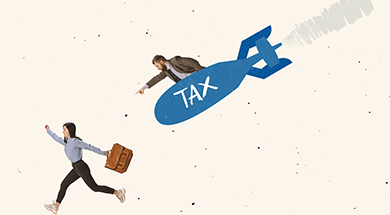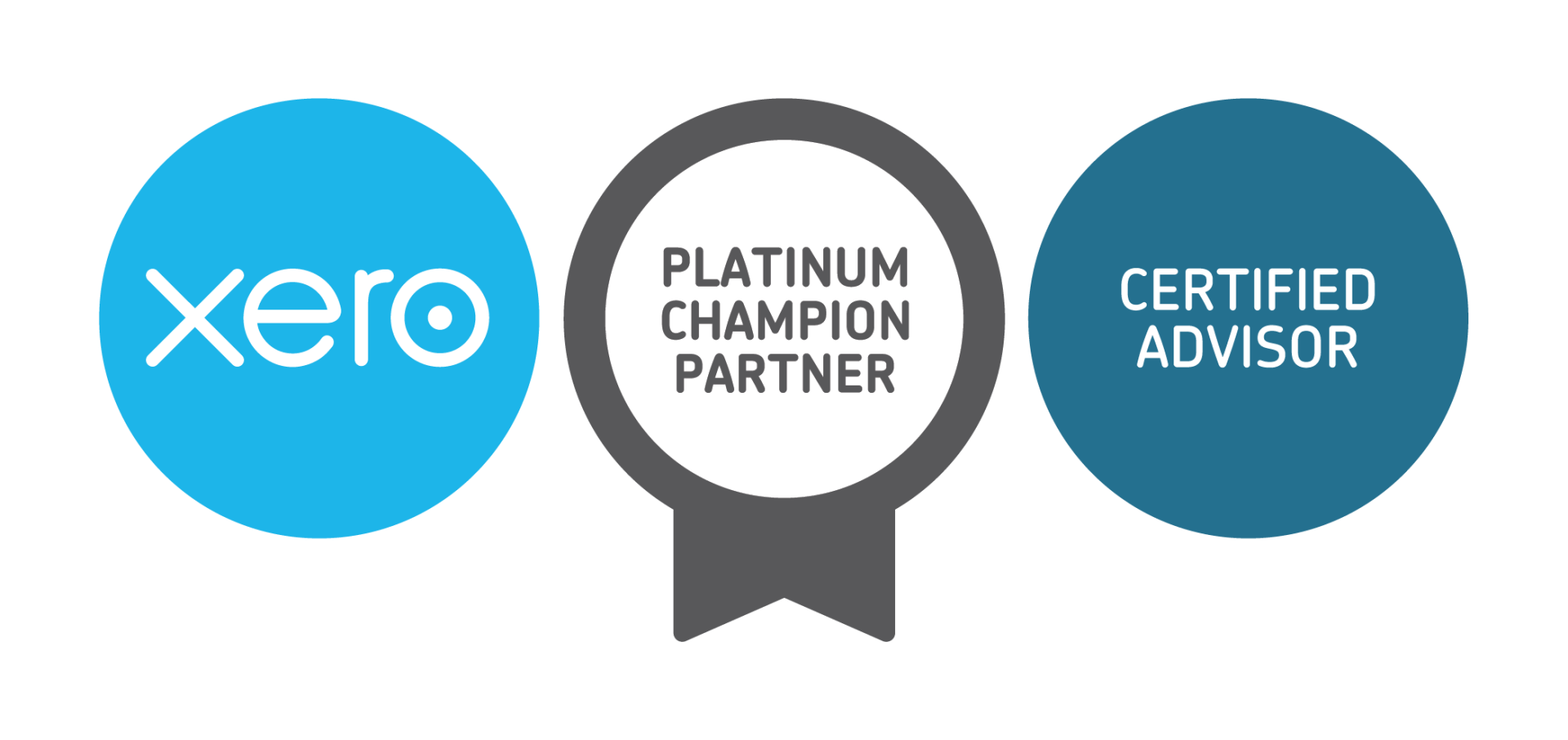Pay Superannuation guarantee on time
Single touch payroll (STP), the reporting mechanism employers must use to report payments to workers, provides a comprehensive, granular level of near-real time data to the regulators on income paid to employees. The ATO is now matching STP data to the information reported to them by superannuation funds to identify late payments, and under or incorrect reporting.

Late payment of quarterly superannuation guarantee is emerging as an area of concern with some employers missing payment deadlines, either because of cashflow difficulties (i.e., SG payments not put aside during the quarter), or technical issues where the timing of contributions is incorrect. Super guarantee needs to be received by the employee’s fund before the due date. Unless you are using the ATO’s superannuation clearing house, payments are unlikely to be received by the employee’s fund if the quarterly payment is made on the due date. The super guarantee laws do not have a tolerance for a ‘little bit’ late. Contributions are either on time, or they are not.
When SG is paid late
If an employer fails to meet the quarterly SG contribution deadline, they need to pay the SG charge (SGC) and lodge a Superannuation Guarantee Statement within a month of the late payment. The SGC applies even if you pay the outstanding SG soon after the deadline. The SGC is particularly painful for employers because it is comprised of:
- the employee’s superannuation guarantee shortfall amount – i.e., the SG owing.
- 10% interest p.a. on the SG owing for the quarter - calculated from the first day of the quarter until the 28th day after the SG was due, or the date the SG statement is lodged, whichever is later; and
- an administration fee of $20 for each employee with a shortfall per quarter.
Unlike normal SG contributions, SGC amounts are not deductible, even if you pay the outstanding amount, and the calculation for SGC is different to how you calculate SG. The SGC is calculated using the employee’s salary or wages rather than their ordinary time earnings (OTE). An employee’s salary and wages may be higher than their OTE, particularly if you have workers who are paid overtime.
It's important that employers that have made late SG payments lodge a superannuation guarantee statement quickly as interest accrues until the statement is lodged. The ATO can also apply penalties for late lodgment of a statement, or failing to provide a statement during an audit, of up to 200% of the SG charge. And, where an SG charge amount remains outstanding, a company director may become personally liable for a penalty equal to the unpaid amount.
‘Payday’ super from 1 July 2026
The Government intends to introduce laws that will require employers to pay SG at the same, or similar time, as they pay employee salary and wages. The logic is that by increasing the frequency of SG contributions, employees will be around 1.5% better off by retirement, and there will be less opportunity for an SG liability to build up where the employer misses a deadline.
Originally announced in the 2023-24 Federal Budget, Treasury has released a consultation paper to start the process of making payday super a reality. Subject to the passage of the legislation, the reforms are scheduled to take effect from 1 July 2026.
What is proposed?
The consultation paper canvasses two options for the timing of SG payments: on the day salary and wages are paid; or a ‘due date’ model that requires contributions to be received by the employee’s superannuation fund within a certain number of days following ‘payday’. A ‘payday’ captures every payment to an employee with an OTE component.
The SGC would also be updated with interest accruing on late payments from ‘payday’.
Currently, 62.6% of employers make SG payments quarterly, 32.7% monthly, and 3.8% fortnightly or weekly.
We’ll bring you more on ‘payday’ super as details are released. For now, there is nothing you need to do.

LEGAL
Liability limited by a scheme approved under Professional Standards Legislation.
Investngro Pty Ltd ABN 53 113 102 695 trading as Murray Nankivell Financial Planning, is an authorised representative of Count Financial Limited ABN 19 001 974 625 holder of Australian financial services licence number 227232 (“Count”). Count is owned by Count Limited ABN 111 26 990 832 of GPO Box 1453, Sydney NSW 2001. Count Limited is listed on the Australian Stock Exchange. Any taxation and accounting services are provided by Murray Nankivell and are not within the authority Count. The information on this web site is not financial product advice and is provided for information only.





